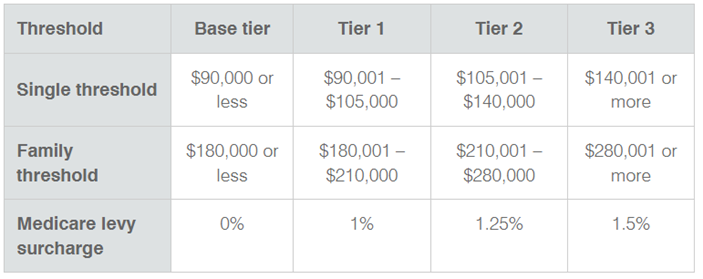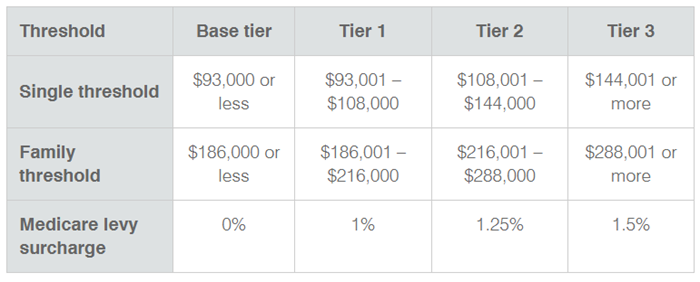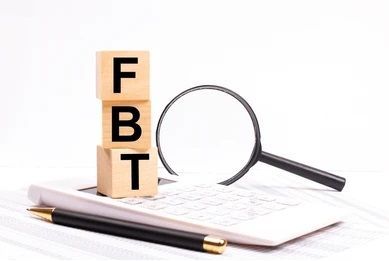By Jessie Lakin
•
December 15, 2025
Over recent years, the Victorian Government has continued to tighten and evolve its approach to property taxation. What began in 2018 with the introduction of the Vacant Residential Land Tax (VRLT) in metropolitan Melbourne has now expanded across regional Victoria, meaning more property owners are captured by these rules than ever before. Many are surprised to learn that VRLT and standard Land Tax are not the same. VRLT applies where a residential property sits unused as a home and is calculated on the capital improved value (including buildings and improvements). Traditional Land Tax, however, is based solely on the land value, essentially the value of the land in its undeveloped state. As of recent months, the Victorian Government has announced further changes to the Vacant Residential Land Tax, coming into effect from 1 January 2026. These reforms will impact owners of undeveloped land held long-term across metropolitan Melbourne. What’s Changing? Prior to 1 January 2026, VRLT does not apply to land without a home on it (sometimes called undeveloped land), commercial residential premises, residential care facilities, supported residential services, retirement villages or land in alpine resorts. From 1 January 2026, VRLT is extending to undeveloped land in metropolitan Melbourne. Where does the new VRLT apply? VRLT is expanding to include land in metropolitan Melbourne that has remained undeveloped for a continuous period of 5 years or more and is capable of residential development. This includes: land without a home on it land with a residence that was partially built but abandoned land with a residential unit, such as a unit, apartment or flat, that has a partially completed fit out but has not been occupied. Metropolitan Melbourne is made up of the Banyule, Bayside, Boroondara, Brimbank, Cardinia, Casey, Greater Dandenong, Darebin, Frankston, Glen Eira, Hobsons Bay, Hume, Kingston, Knox, Manningham, Maribyrnong, Maroondah, Melbourne, Melton, Merri-bek, Monash, Moonee Valley, Mornington Peninsula, Nillumbik, Port Phillip, Stonnington, Whitehorse, Whittlesea, Wyndham, Yarra and Yarra Ranges council areas. Timeframe Rules: The land must be vacant for a continuous period of 5 years or more to attract VRLT. This means for this type of land to become liable to VRLT in 2026, it must have been undeveloped and capable of residential development since midnight on 31 December 2020. If the land is sold, the new owner(s) has a further 5 years to begin construction before VRLT applies. This 5-year period provides adequate time for an owner of residential land to begin construction of a residence before it is regarded as vacant residential land. Exemptions may be available for: · Land being used for commercial or industrial purposes · Land intended for non-residential development with acceptable reasons for delay · Land incapable of residential development due to environmental conditions, land shape, size or natural features Undeveloped residential land that is contiguous with (adjoins) a principal place of residence. Common examples of contiguous land are a garden, swimming pool or tennis court. Crystal ball time: It will be interesting to see if the government extends this new VRLT out to regional Victoria as did the initial VRLT. What will this mean for people that are holding land parcels undeveloped long term? In the meantime, from a tax perspective, remember that if you incur VRLT or standard Land Tax, be sure to keep thorough records, as these costs will form part of your property’s cost base!









